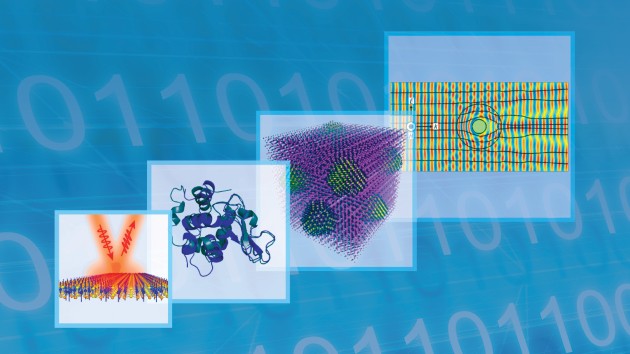
September issue live
In this issue we feature a Focus on moiré physics. We also highlight research on neuromorphic computing, complex concentrated alloys, aperiodic MOFs, and liquid crystal phases of viruses.

In this issue we feature a Focus on moiré physics. We also highlight research on neuromorphic computing, complex concentrated alloys, aperiodic MOFs, and liquid crystal phases of viruses.

An electrochemical biosensor capable of detecting low levels of cancer biomarkers is reusable over 200 regeneration cycles without compromising device sensitivity and accuracy.
